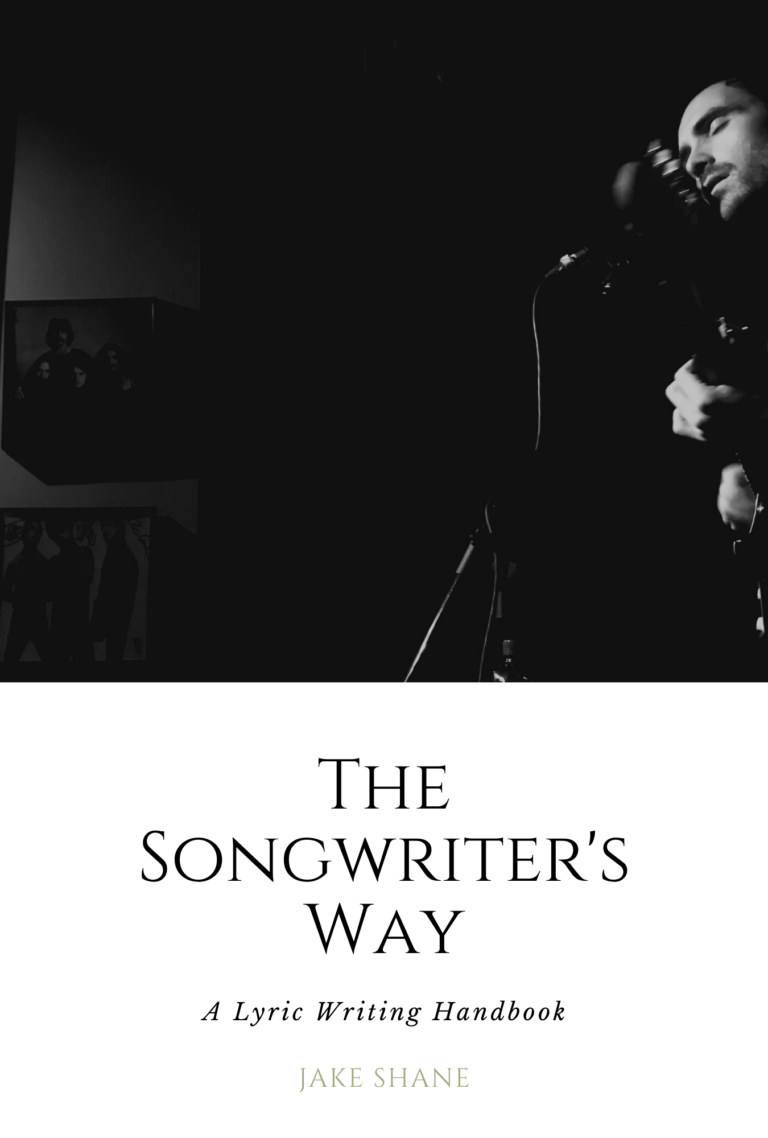Don't Think, Just Write
The following article is adapted from the book The Songwriter’s Way: A Lyric Writing Handbook.
One exercise I employ when absent any idea or inspiration is automatic writing. This is the fast-paced, free-associative act of writing down whatever comes to mind in the moment, without pausing to self-edit before putting pen to paper. What Bob Dylan calls ‘trance writing’ must be nearly the same thing. Automatic writing involves turning your attention inward and ‘watching’ as each thought arises in consciousness, then capturing it on paper before it quickly disappears. The mind can be a madhouse, with enough non-sequiturs to make your head spin. After observing my thoughts for ten seconds I’m often left wondering what in the world is going on in there when I’m not looking.
The Surrealists & Automatic Writing
André Breton, who spearheaded the surrealist movement of the early 20th century, defined surrealism as “pure psychic automatism” and named automatism as the key to unlocking the forces of the imagination. He claimed it was a way to expose otherwise hidden content without the influence of aesthetic considerations, and to achieve the juxtaposition of disparate images that were previously associated with each other only unconsciously.

How To Start Automatic Writing
The way I do automatic writing is as follows. I either start with one phrase I have that I want to flesh out, or I sit down and look around. I pick an object from my visual field and without hesitation begin writing a line inspired by that object. I then write the next line inspired by the next thought. Thoughts arise and pass away so quickly that it’s impossible to capture all of them. One could go on like this for hours and never be absent a thought to record on the page. It’s more like receiving information than conjuring it up willingly.
When I use automatic writing specifically for lyrical inspiration, I often find myself rhyming lines with each other and adhering to a loose rhythm so that the writing resembles the form of a song lyric. Maintaining a semblance of structure even in the midst of the madness can go a long way. I usually write continuously for fifteen minutes.
What To Do Next?
After the automatic writing session is over, I read over what I’ve just written. If I’ve done it right, I feel like I’m reading something I didn’t even write. The images and thoughts that are mashed together on the page are often bizarre things I’d normally not have the courage or imagination to write down. And therein lies the magic of it—in a short amount of time I’ve created something new and different that might yield a few interesting lines, images, or phrases to use in a song.
I then take those bits and start jumbling them up and playing with them to see where they take me. Or else I put the writing aside and work on something else. At the very least, after the morning writing session is over, even if I feel like I’ve gotten nowhere, I have the automatic writing to point to and say, “At least I’ve done some writing today.”
If you enjoyed this article, you can learn all about the process of writing lyrics in my book The Songwriter’s Way: A Lyric Writing Handbook.
Every week I publish a new article, video, or podcast about songwriting. Stay up to date by joining my mailing list below.
And if you’re interested in private songwriting lessons, don’t hesitate to send me a message.
Until next time!
-Jake Shane
Join Jake Shane’s Mailing List for the latest updates!





